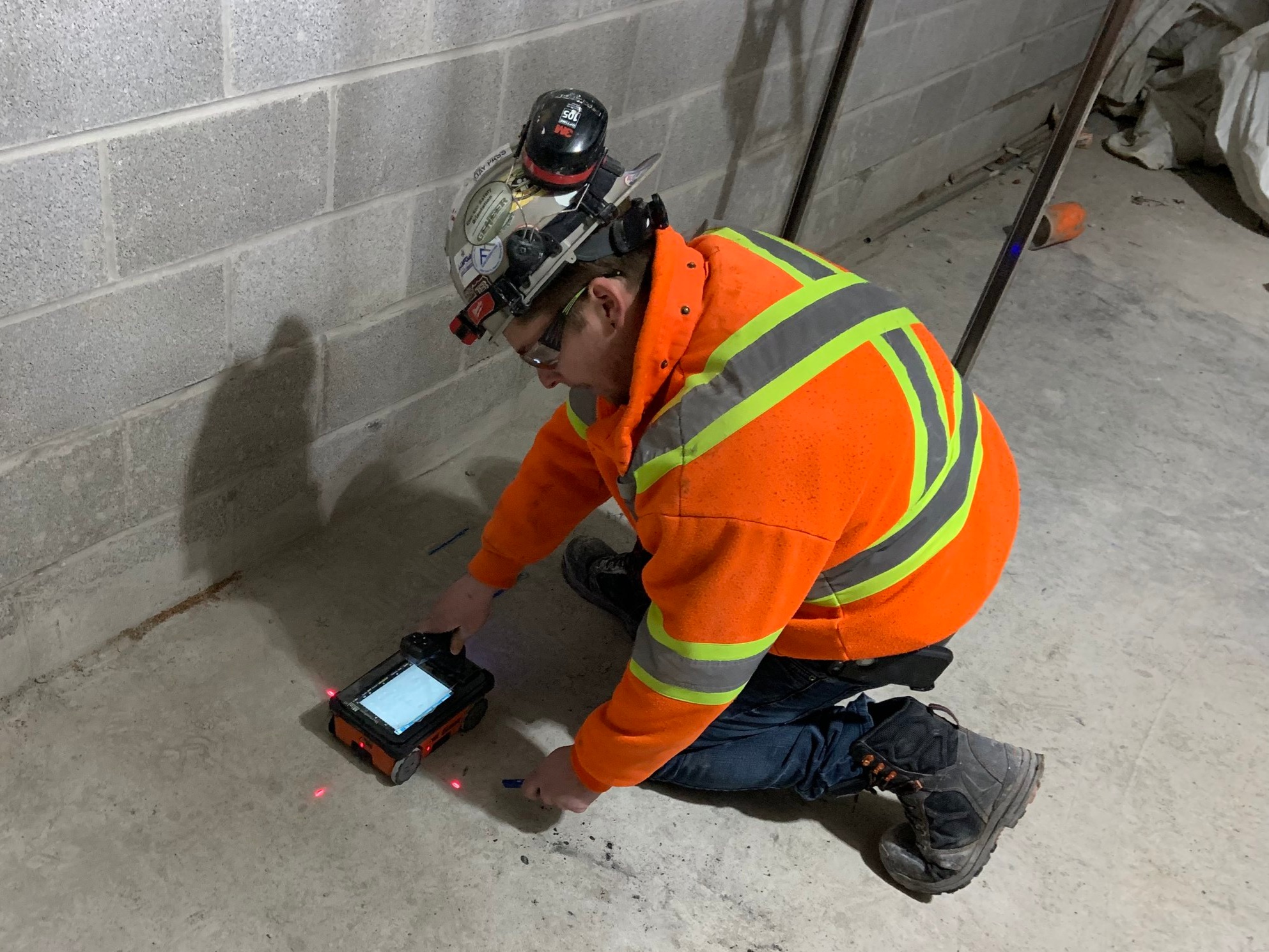Boost Construction Safety And Security with Specialist Concrete Scanning
Boost Construction Safety And Security with Specialist Concrete Scanning
Blog Article
Unveil the Transformative Power of Concrete Scanning in Taking Full Advantage Of Effectiveness and Safety
Concrete scanning has actually arised as an important tool in the construction market, offering unequaled benefits in improving task efficiency and ensuring security criteria. The transformative power of concrete scanning lies in its capacity to give real-time data and thorough understandings, revolutionizing how jobs are intended and implemented.
Value of Concrete Scanning
Guaranteeing the structural stability and security of building jobs begins with the crucial step of conducting detailed concrete scanning. Concrete scanning is a non-destructive method used to spot and map subsurface elements within concrete frameworks.
In addition, concrete scanning assists in enhancing job timelines and budget plan by staying clear of unforeseen prices and hold-ups that might occur due to unpredicted blockages within the concrete. Eventually, spending in comprehensive concrete scanning is a positive approach that improves both performance and safety in building tasks.
Just How Concrete Scanning Functions
Concrete scanning operates as an important tool in building jobs by employing advanced innovations to spot and map subsurface aspects without triggering structural damage. Ground Passing Through Radar (GPR) and Electromagnetic Induction (EMI) are 2 primary approaches made use of in concrete scanning. GPR works by releasing high-frequency radar pulses into the surface area, which jump back when they come across subsurface objects or spaces. The time considered the signal to return suggests the depth and area of the items. EMI, on the other hand, uses magnetic fields to identify differences in material make-ups, such as recognizing rebar or conduits within concrete frameworks.
During the scanning procedure, the information collected is assessed in real-time, allowing prompt identification of prospective risks or obstacles underneath the surface area. This information aids in decision-making, ensuring that construction tasks continue securely and efficiently. Furthermore, 3D imaging software program can be used to develop topographic maps of the subsurface components, better enhancing project planning and implementation. By using these advanced innovations, concrete scanning substantially reduces the danger of expensive problems and injuries on building and construction sites.
Advantages of Concrete Scanning
One of the primary benefits of concrete scanning is the capability to spot and locate embedded objects such as rebar, post-tension wires, and channels accurately. Concrete scanning aids in planning and making a lot more successfully, as it offers precise information about the area and depth of architectural elements.

Case Studies: Concrete Scanning Success

In one more case, a building and construction company used 3D concrete scanning to analyze the condition of maturing concrete frameworks in a historic structure. The thorough scans provided useful understandings into the level of wear and tear and assisted focus on upkeep efforts efficiently. By proactively addressing areas of worry recognized through scanning, the company was able to expand the life expectancy of the framework and make certain occupant safety.
These situation researches highlight the transformative power of concrete scanning in improving performance, precision, and safety and security in construction projects.
Carrying Out Concrete Scanning in Projects
Applying innovative scanning modern technologies throughout construction projects has actually ended up being increasingly crucial for improving accuracy and security. By integrating concrete scanning into job planning and implementation, construction teams can determine possible threats, such as rebar or post-tension cords, concealed within concrete frameworks. This proactive strategy decreases the threat of mishaps, delays, and expensive rework, eventually causing a lot more effective project timelines and budgets.
To apply concrete scanning efficiently, project supervisors must work together closely with seasoned scanning professionals to identify the most ideal scanning methods for the details job requirements. Engaging scanning experts from the onset of a project allows the team to develop detailed scanning plans that resolve crucial areas of concern and guarantee extensive information collection.
In addition, integrating concrete scanning right into routine task process can streamline decision-making processes, as real-time scan information supplies immediate insights right into the condition of concrete frameworks - Concrete Scanning. This data-driven method assists in informed problem-solving and makes it possible for groups to make adjustments quickly, official website fostering a society of performance and security throughout the project lifecycle

Verdict
In conclusion, concrete scanning plays a vital duty in enhancing efficiency and safety in building and construction tasks. By utilizing sophisticated technology to find and map out underlying structures within concrete, this process assists to prevent expensive mistakes, guarantee architectural stability, and minimize dangers on website. With the capability to reveal concealed components and offer exact data, concrete scanning proves to be a beneficial tool for enhancing job outcomes and optimizing total success.
Concrete scanning is a non-destructive technique made use of to spot and map subsurface aspects within concrete frameworks. Furthermore, concrete scanning aids in optimizing task timelines and spending plan by staying clear of unexpected expenses and hold-ups that might arise due to unanticipated blockages within the concrete. One notable case study helpful site includes a large-scale remodelling job where concrete scanning played a vital role in making certain task success.In an additional situation, a building and construction business made use of 3D concrete scanning to assess the problem of aging concrete structures in a historical structure. By integrating concrete scanning into job planning and execution, construction groups can identify possible risks, such as rebar or post-tension wires, hidden within concrete structures.
Report this page